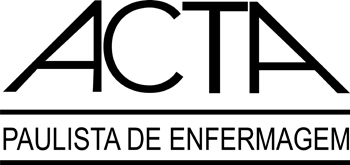Abstract
Objective: To assess the effectiveness of ozonated water in disinfecting surfaces in an Intensive Care Unit in the countryside of the Amazon.
Methods: This is an exploratory and descriptive research. To select the sample, three distinct areas were selected for each surface of the 15 care units assessed (air mattress, bed rails and bedside table). Each area was subdivided into four subgroups: Control Group (CG), Hydrogen Peroxide Group (HPG), Hybrid Group (HDEO3G) and Ozonated Water Group (O3G). These were subjected to 12 adenosine triphosphate (ATP) bioluminescence tests per surface, totaling 36 tests per care unit. The sample acquisition area was delimited at 100 cm2 for each test. Bioluminescence (SystemSure Plus, Hygiena®) and automated microbiological (Phoenix M50, BD®) methods were used to analyze the samples.
Results: The results of the intervention groups (HDEO3G and O3G) in all areas showed a significant reduction after decontamination (p<0.0001) compared to the control group. When comparing O3G and HPG, it was found that there was a significant difference between them (p<0.05), with O3G being more effective. Of the qualitative samples assessed, only CG (23.6%) tested positive for multidrug-resistant (MDR) bacteria on all surfaces tested.
Conclusion: The use of ozonated water for disinfecting surfaces in ICUs contaminated with MDR is promising, as it is an alternative that does not generate environmental waste and has low toxicity. Therefore, the use of ozonated water can be considered an alternative for decontaminating surfaces in critical clinical/hospital environments.

 Ozonated water for disinfecting surfaces in Intensive Care Units
Ozonated water for disinfecting surfaces in Intensive Care Units Thumbnail
Thumbnail
 Thumbnail
Thumbnail
 Source: Adapted from Oliveira et al., 2023.(
Source: Adapted from Oliveira et al., 2023.( Source: Prepared by the authors, 2023.
Source: Prepared by the authors, 2023.